It’s one of the most important buildings to see in Washington D.C., and in this post, you’ll discover some interesting facts about the Capitol Building, an incredible Neoclassical building.
1. Philadelphia was the capital before the Capitol Building was built
The Capitol Building is the home of the United States Congress and the seat of the legislative branch of the U.S. federal government.
Before the Capitol Building was constructed, the United States Congress was meeting in Philadelphia. This happened in both the Congress Hall and Independence Hall.
Better yet, Philadelphia was the temporary capital of the United States before the U.S. Capitol was constructed in Washington D.C. between 1790 and 1800.

2. It was part of a larger plan called L’Enfant Plan
Pierre Charles L’Enfant was burdened with the task of creating the plan for the capital of the United States, Washington D.C., which was to be located alongside the Potomac River.
His plan contained a “Congress House,” which would become the Capitol Building in an area referred to back then as Jenkin’s Hill, now Capitol Hill.
His plan also included a grand avenue, now referred to as Pennsylvania Avenue, that leads up to the Presidential House, the White House. The area in front of the Capitol Building was also included in the L’Enfant plan and is now referred to as the National Mall.
His plan was completed in the year 1791 and construction of the Capitol Building started shortly after.
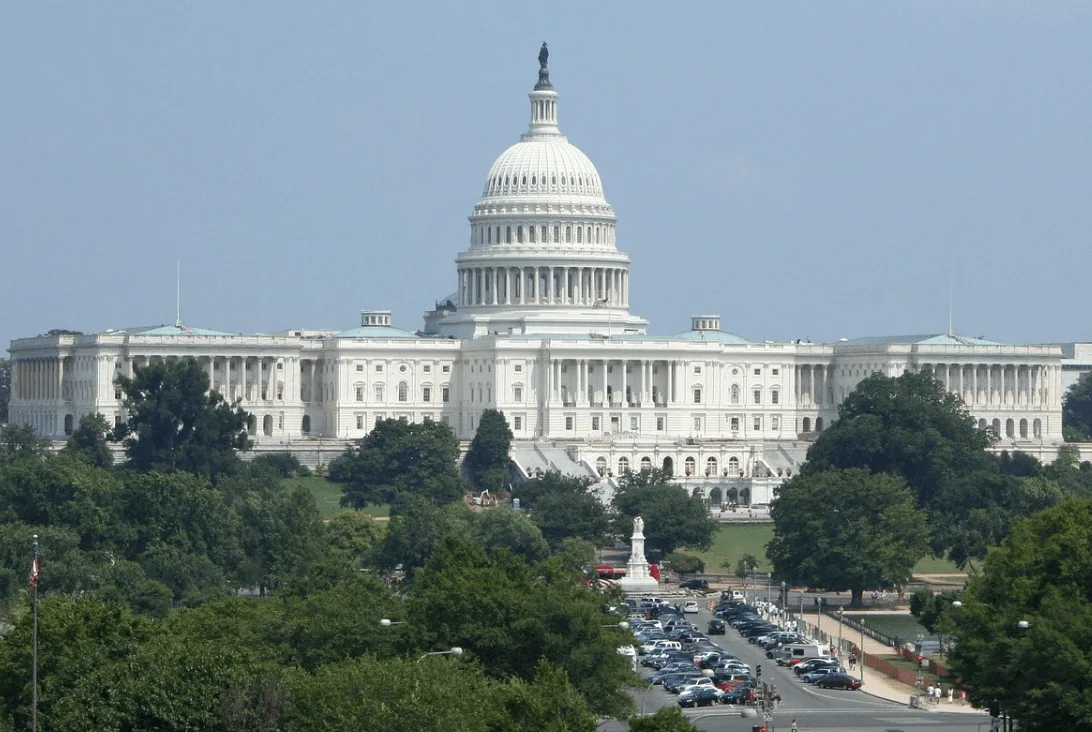
3. The building was named after a Roman Temple
Did you notice that the original name of the Capitol was “Congress House?” Well, it was indeed intended to be called this way but was changed to Capitol at the suggestion of Thomas Jefferson (who has his own monument in the area).

The name Capitol is a reference to a Roman Temple named the “Temple of Jupiter Optimus Maximus.” This temple was located on the famous Capitoline Hill, one of the 7 hills in Rome.
How he came up with this name is unknown, but Capitoline Hill contains very few ancient monuments and was completely redesigned by Michelangelo in the High Renaissance.

4. The architect was inspired by two famous landmarks in Paris
To find the design for the Capitol Building, Thomas Jefferson, who was Secretary of State at the time, came up with another great idea, which was to organize a competition to find the ultimate design for one of the most important buildings in the United States.
This competition started in 1792 and drew at least 10 submissions. Unfortunately, all the initial submissions were pretty bad and it wasn’t until January 31, 1793, that a winner was picked.
The submission by amateur architect William Thornton was praised by Washington himself for its “Grandeur, Simplicity, and Beauty.”
Thornton got his inspiration from both the east front of the Louvre in Paris and the Paris Pantheon.

5. The original Capitol Building was completed in 1800
With the winning design and the location of the building chosen, the construction of the Capitol Building started in the year 1793.
On September 18, 1793, President George Washington along with his entourage laid the cornerstone of the United States Capitol.
The original version of the Capitol Building was completed in the year 1800 and become used by the United States Congress the same year.
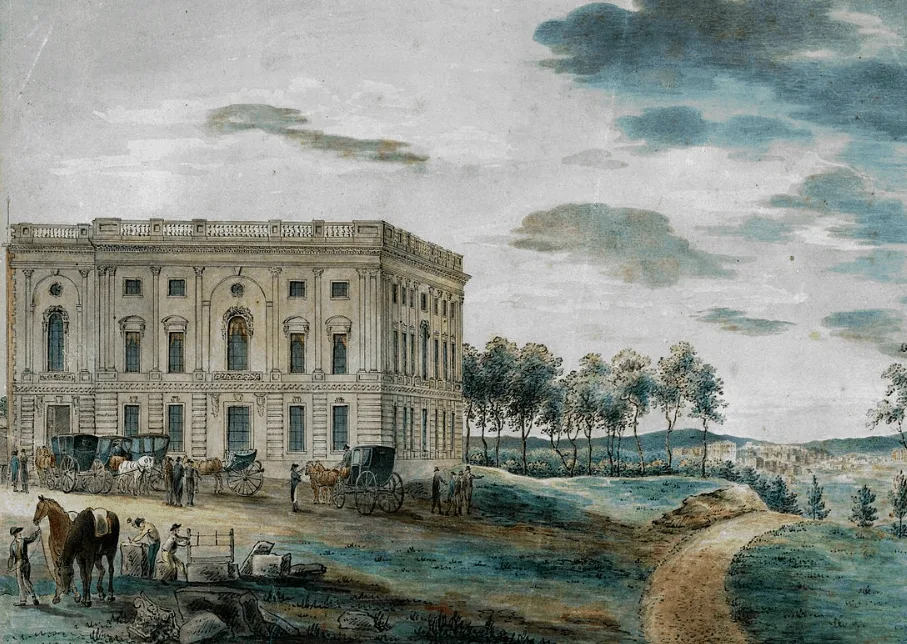
6. The Capitol was severely burned in the War of 1812
The original Capitol Building was partially destroyed by a large fire during the War of 1812, a conflict between the United States and its allies and the United Kingdom and its allies.
This happened on August 24, 1814, and as the War ended, reconstruction began the year after in 1815 and was about completed in 1819.
While they were at it, they decided to continue and added the Capitol Building’s iconic front steps and columned portico, and an interior Rotunda. These features were completed in 1826.
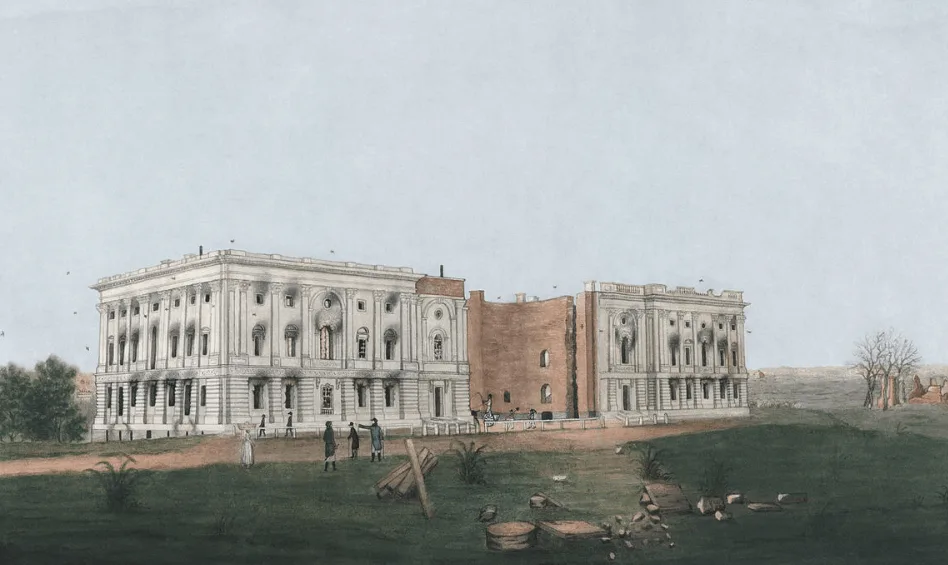
7. The dome was built in the 1850’s during a serious expansion
By the 1850’s it became clear that the Capitol Building wasn’t big enough anymore to serve its purpose, so a serious expansion plan was developed.
After all, more and more states were included in the country which meant more and more legislators were arriving at the Capitol Building every day!
The original dome was also replaced by the massive dome that gives the building its distinctive appearance today.
The dome weighs a whopping 8,909,200 pounds (4,041,100 kilos). A huge statue was raised to the top in 1863 called “The Statue of Freedom” which stands 19.5 feet (5.9 meters) tall and weighs 15,000 pounds (6,800 kilos)!
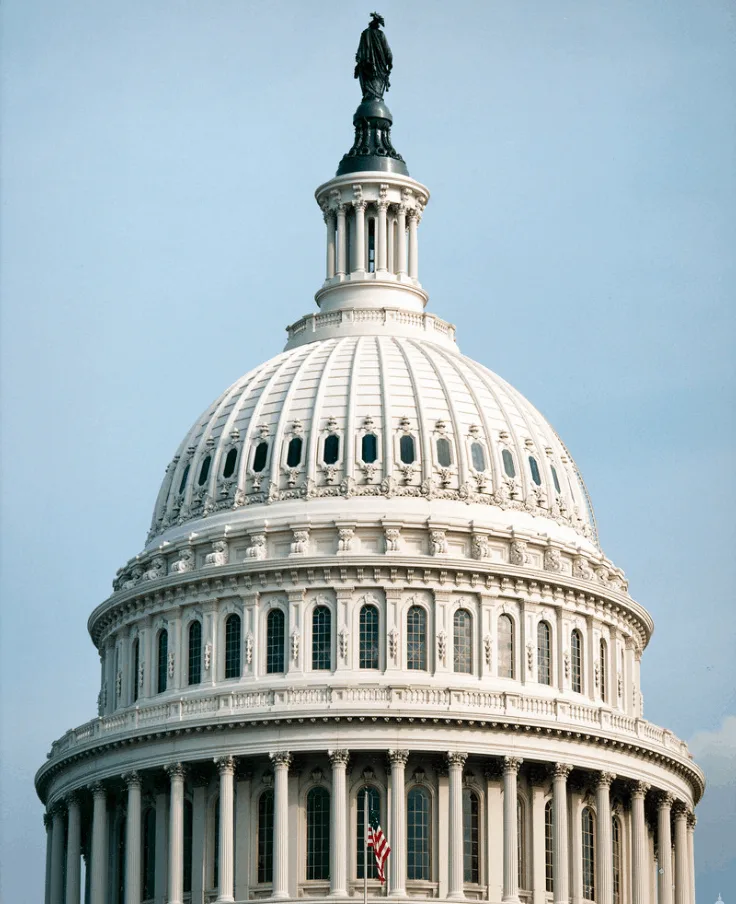
8. A huge fresco was painted on the dome’s oculus
If you think the exterior of the dome is impressive, then you should definitely take a closer look inside as well!
The top of the dome doesn’t contain an opening like the amazing dome of the Pantheon in Rome but has an oculus that contains a massive fresco.
This fresco is called the “Apotheosis of Washington” and was painted by Greek-Italian artist Constantino Brumidi in 1865. It’s located 180 feet (55 meters) above the rotunda floor and covers an area of 4,664 square feet (433.3 square meters).
The fresco is unique in the sense that it’s an attempt to turn George Washington, the first President of the United States, into a deity, an event referred to as an “Apotheosis.”
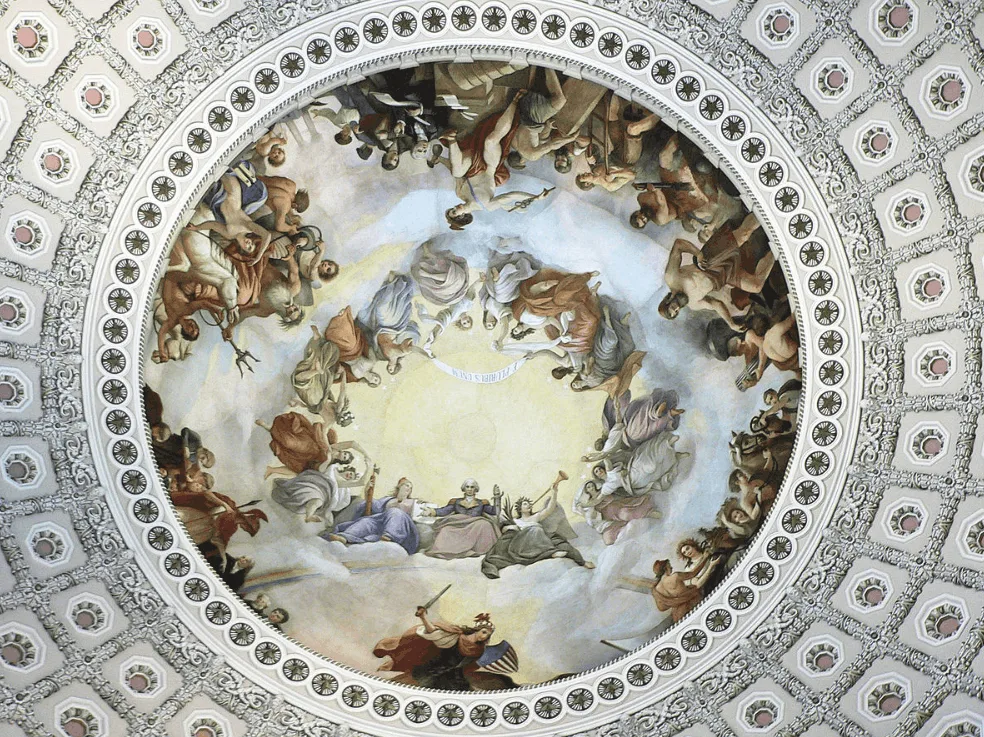
9. The old columns of the Capitol Building are now a monument
One of the most fascinating facts about the Capitol Building is that the old columns of the original building didn’t go to waste.
In fact, the columns that were part of the Capitol Building between 1828 and 1958 are now located at the United States National Arboretum in northeast Washington D.C. and form the “National Capitol Columns.”

10. The Capitol was declared a National Historic Landmark
The final expansion of the Capitol Building itself happened in the late 1950s. Shortly after, the Capitol was declared a “National Historic Landmark” by the National Park Service
Another one of those fun facts about the Capitol Building is that it was also ranked number 6 in a 2007 survey conducted for the American Institute of Architects’ “America’s Favorite Architecture” list.
Not too bad, right?!
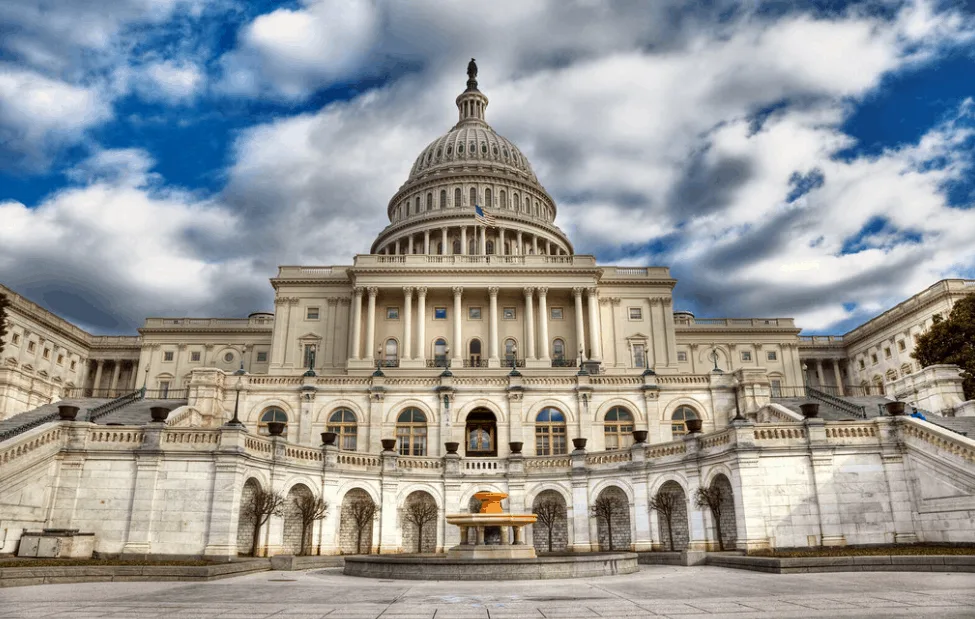
11. The Rotunda contains 8 famous paintings
We already talked about the amazing fresco decorating the oculus of the Capitol dome, but there’s a lot more art in the Rotunda of the building as well.
On the east side, there are 4 large paintings related to the discovery of America, and on the west side, there are 4 large paintings related to the founding of the United States.
One of the most famous paintings located here is John Trumbull’s Declaration of Independence.
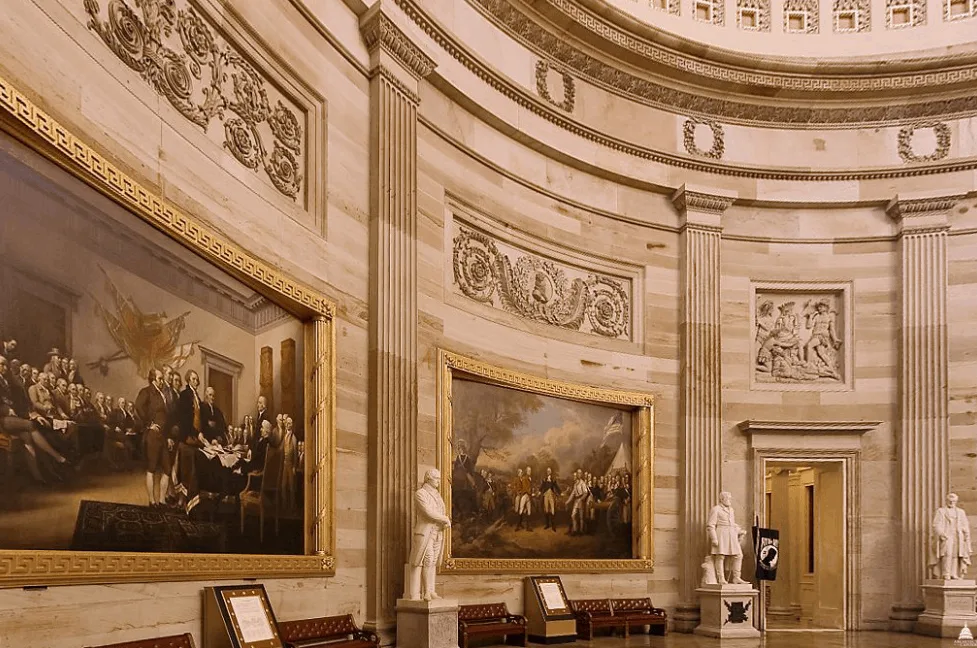
12. The Crypt was intended to become the tomb of George Washington
Did you know that Napoleon Bonaparte was buried inside the church at Les Invalides in Paris, right below its massive dome?
Well, the United States government had similar plans and intended to bury George Washington in an area right below the Rotunda floor referred to as “The Crypt.”
Similar to the tomb of Napoleon, a hole would have been dug in the ground with a balustrade surrounding it so his tomb would have been visible from the rotunda floor.
Because there were conditions in his will that stipulated he should be buried at Mount Vernon in Virginia, the plan to bury George Washington in the Crypt of the Capitol Building was shelved.
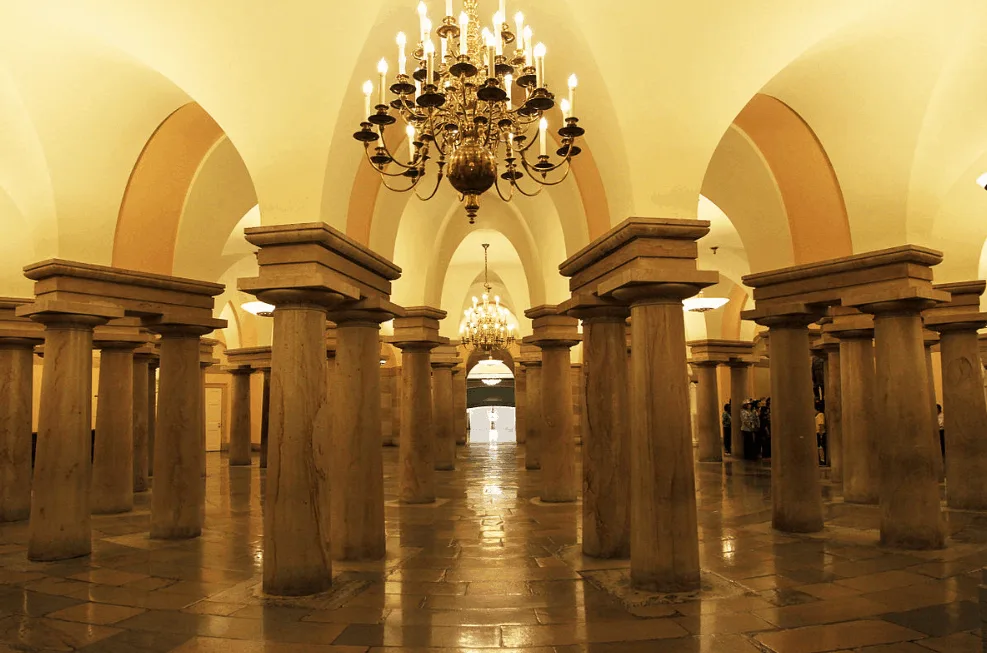
13. The Capitol is the 5th tallest structure in Washington D.C.
Did you know that it’s illegal to construct a building taller than 130 feet (39.6 meters) in Washington D.C.? This was stipulated in the Height of Buildings Act of 1910.
Because of this, there aren’t any skyscrapers constructed in the Washington D.C. metropolitan area so the Capitol Building is still one of the tallest buildings in the city.
It’s the fifth-tallest building in the city with a total height of 289 feet (88 meters), which is almost half the height of the nearby Washington Monument.
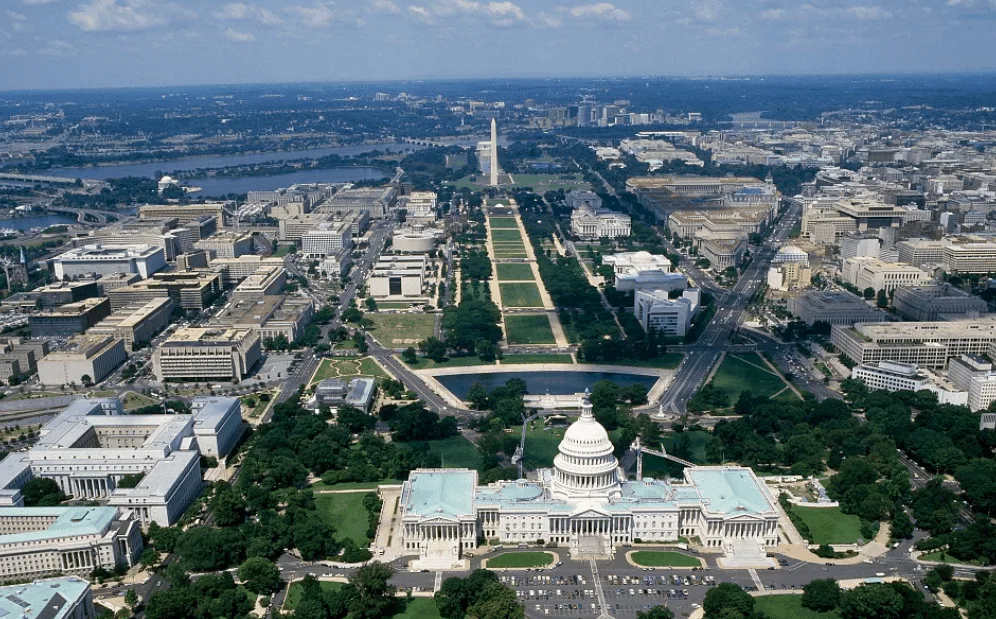
14. The Capitol Grounds were landscaped between 1874 and 1892
The “Capitol Grounds” is surrounding the Capitol Building and cover an area of approximately 274 acres (1.11 square kilometers). Most of this area consists of wonderful lawns, walkways, streets, drives, and planting areas.
Most parts of the Capitol Grounds were landscaped by famous American landscape architect Frederick Law Olmsted between 1874 and 1892.
Is there a better place in the world to relax?

15. The Capitol Building has its own subway
One of the most astounding facts about the Capitol Building is that it actually has its own subway system! 3 tracks contain electric cars that transport people from the Capitol to all three of the Senate office buildings and one of the four House office buildings.
The original subway line was built way back in 1909 and used to consist of an operator-controlled monorail before being replaced by automatic cars in the early 1990s.
Pretty cool, right!?

